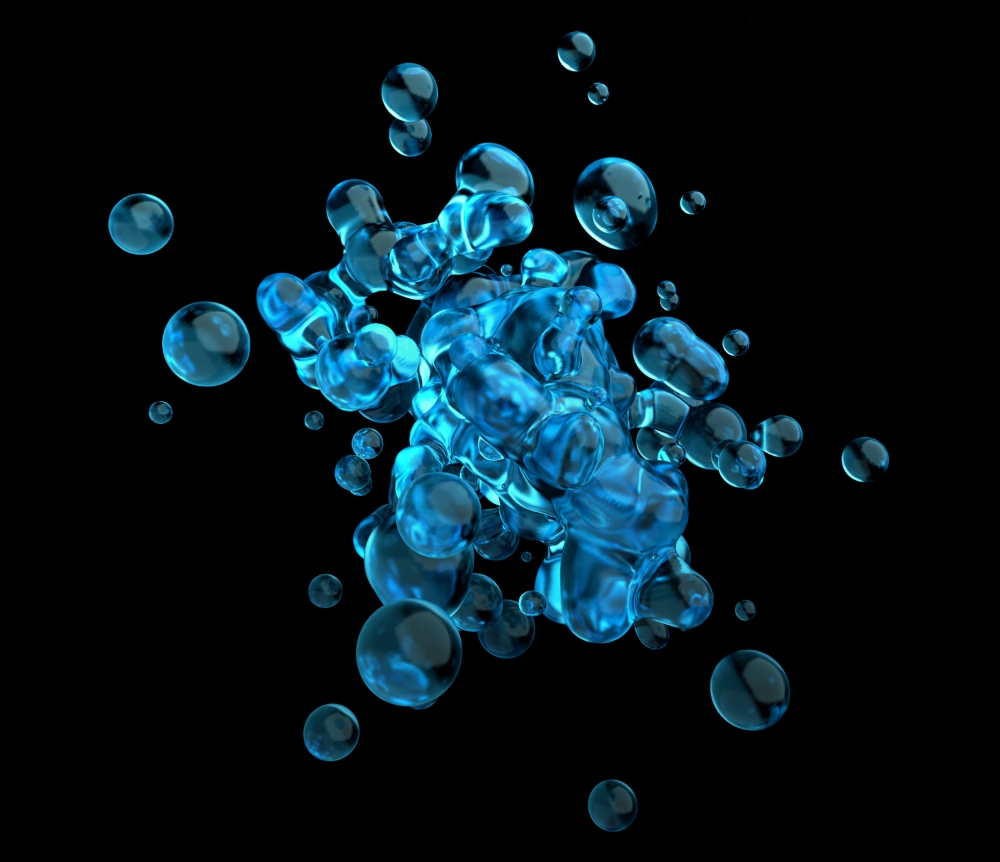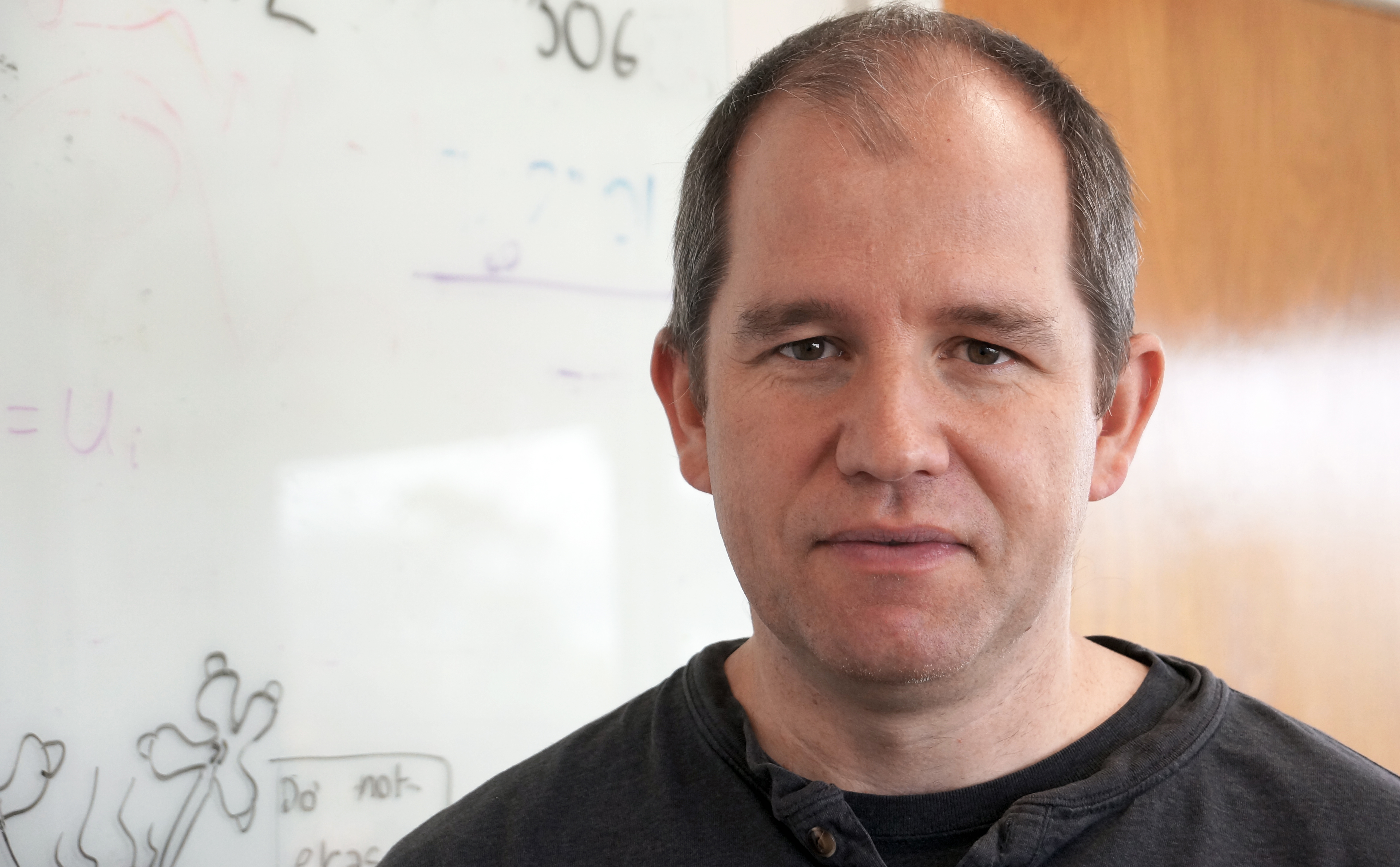
Active Investigation

If you think about it, our bodies are really just systems of individual, microscopic components that are out of equilibrium because they consume energy. That’s what it’s like to be active matter.
“Active matter is a kind of material in which each component that makes this large-scale material produces its own motion,” said UC Santa Barbara physicist Zvonimir Dogic. “It consumes chemical energy and uses it to generate continuous dynamics, i.e., to generate its own motility. And so we have a bunch of these material microscopic components that interact with one another and display large-scale behaviors.”
What can be said for our trillions of assorted cells and their activities is also true for other systems in which each individual component exerts its own motions, such as flocks of birds, schools of fish, colonies of bacteria and, in Dogic’s research, microtubules (MT) — self-assembling biopolymers, which, though derived from biological cells, are chemical in origin. The advantage of this type of synthetic active matter system, he said, is that that the resulting material is “tunable” and thus opens the door to more detailed studies.
And now, with support from the U.S. Department of Energy’s Office of Basic Science, Dogic and his team are poised to undertake such in-depth investigation. Active matter is a relatively new field of soft matter research in physics and still in need of some basic principles.
“This has been a rapidly developing field, but the majority of the systems are inherently confined to two dimensions,” Dogic said. “It turns out that the physics of 3D systems is just fundamentally different and largely unexplored.”
With the $925,000 Department of Energy grant, Dogic and his team will utilize their expertise with synthetic MT systems to gain an understanding of the physics of three-dimensional active matter systems. The microtubules in this study are extensile, meaning they stretch and protrude autonomously. The scientists intend to measure and examine the forces they exert, how they move and respond to external forces, interact with each other, orient, sense, transition between phases and assemble, and how their individual motions translate to the actions of the larger three-dimensional material — a gel of sorts — they would comprise.
“These biological functions require input,” Dogic said, referring to adenosine triphosphate (ATP) — the same molecule that powers our cells. “We want to create synthetic gels that consume ATP and move on a surface.” The moving gels are among the first steps toward more sophisticated, “smart” synthetic materials, with specific and controllable properties.
The knowledge gained from these studies will be the result of multidisciplinary collaborations between scientists in the fields of physics, chemistry and biology.
“As physicists, we are not really very good at making stuff,” Dogic said. “We can characterize stuff. But we need input from other disciplines.” Physicists routinely collaborate with chemists in the field of soft matter, while looking to biology for inspiration in making these materials, he added.
Gaining a more complete understanding of the dynamics of 3D active matter would add to the basic knowledge of the emerging field, according to the project’s proposal. And further, these fundamental studies are “essential for realizing the promise of active matter as an experimental platform for developing novel, rapidly reconfigurable life-like materials, with potential applications in fields as diverse as soft robotics, adaptive optics and microfluidics.”



